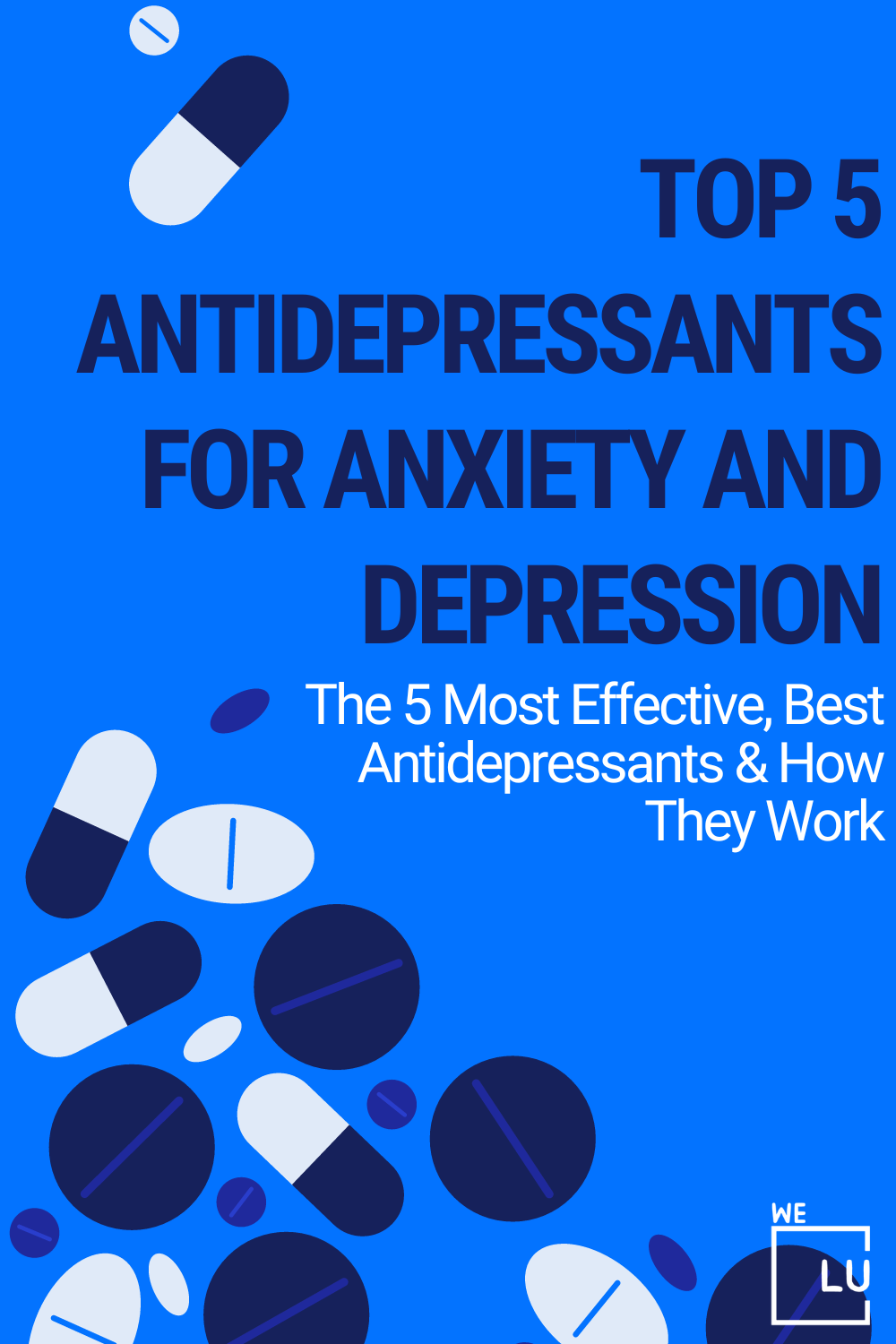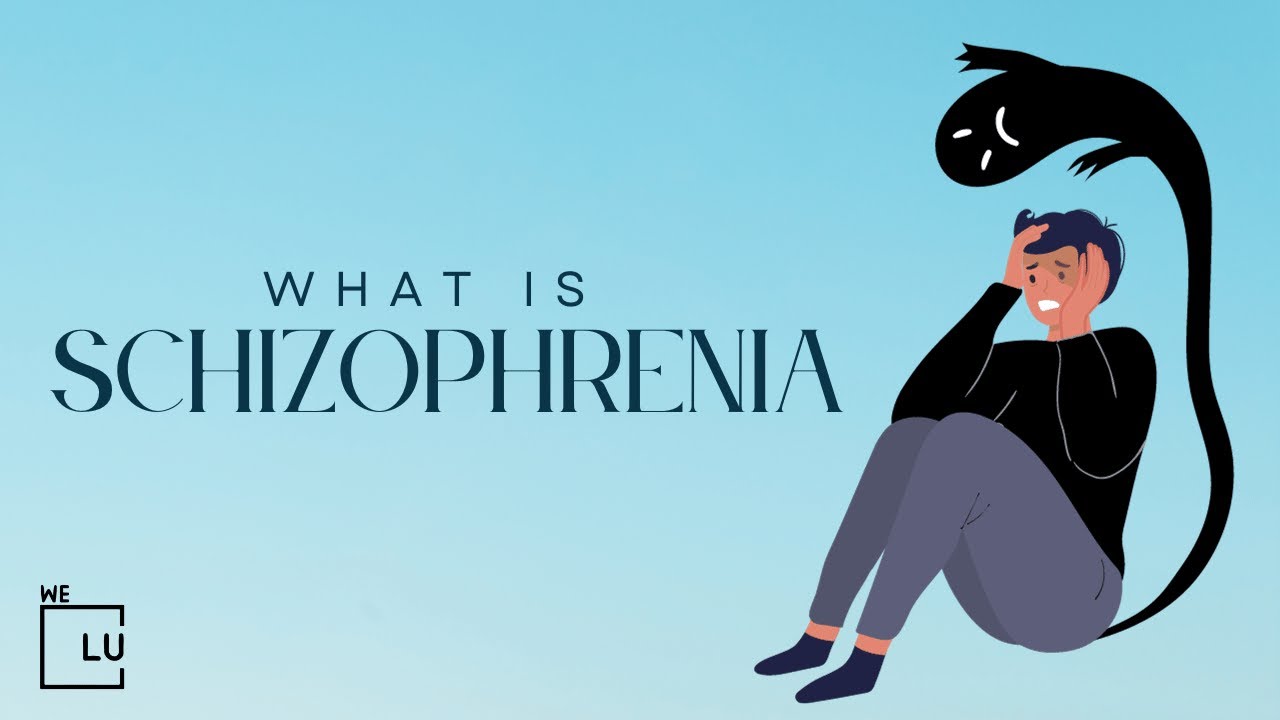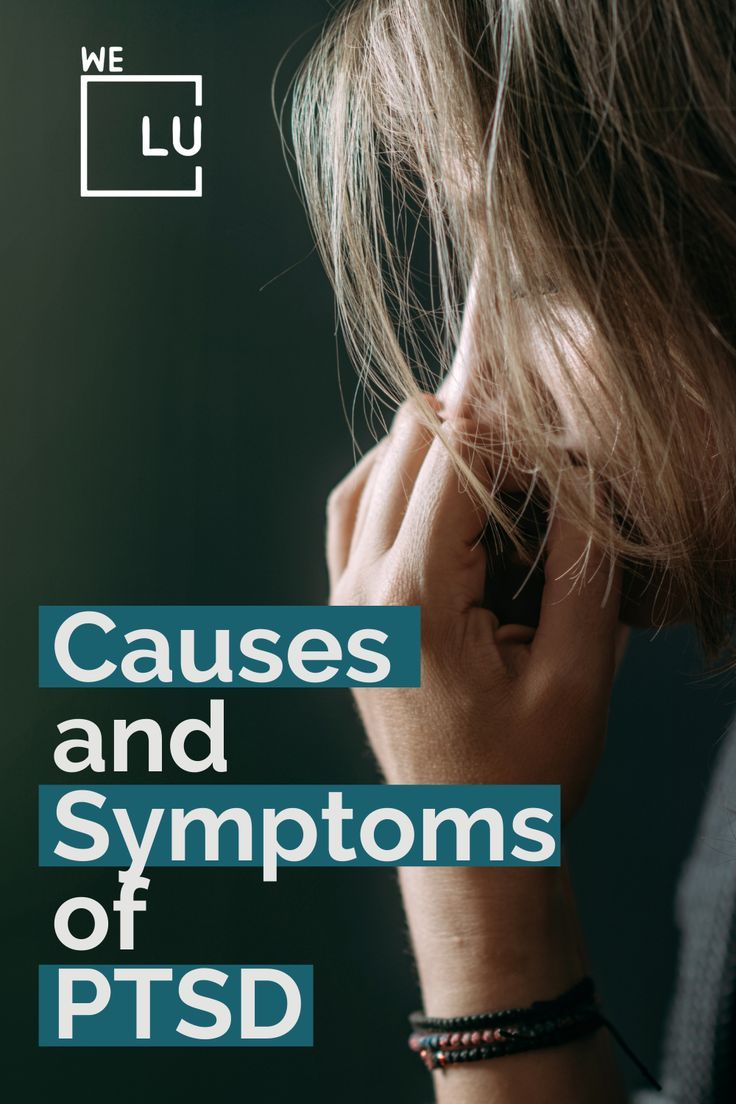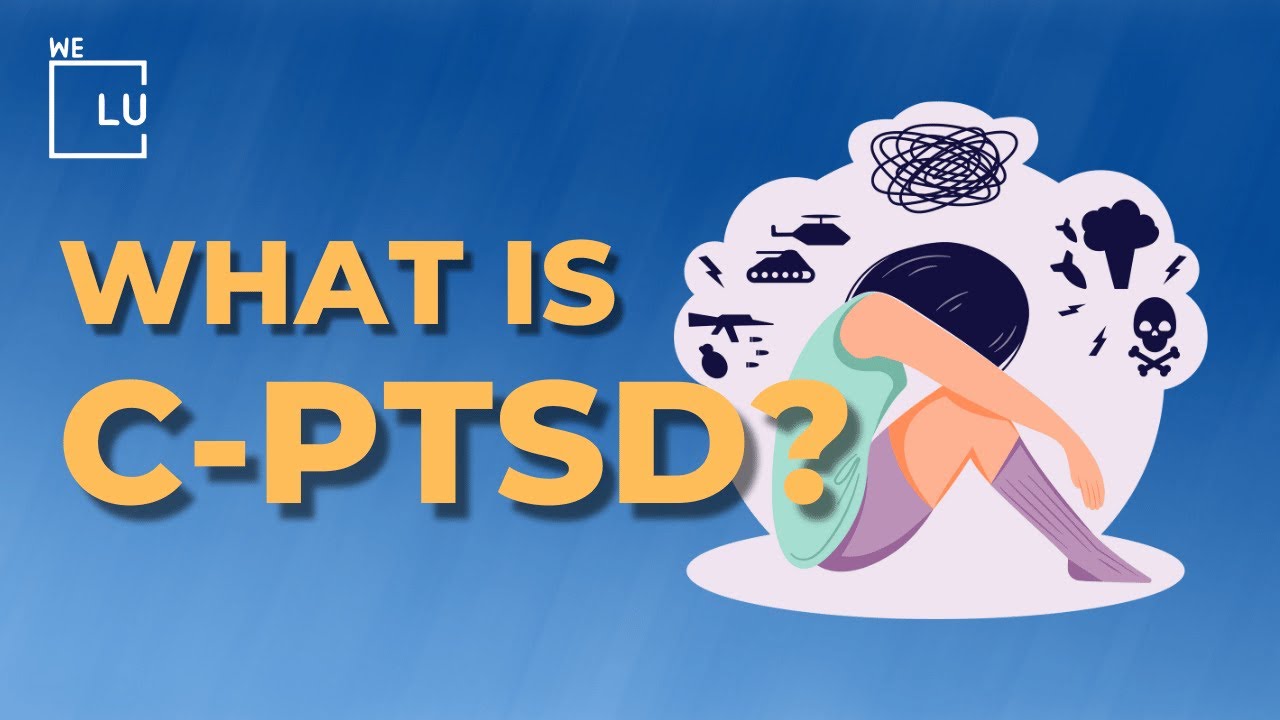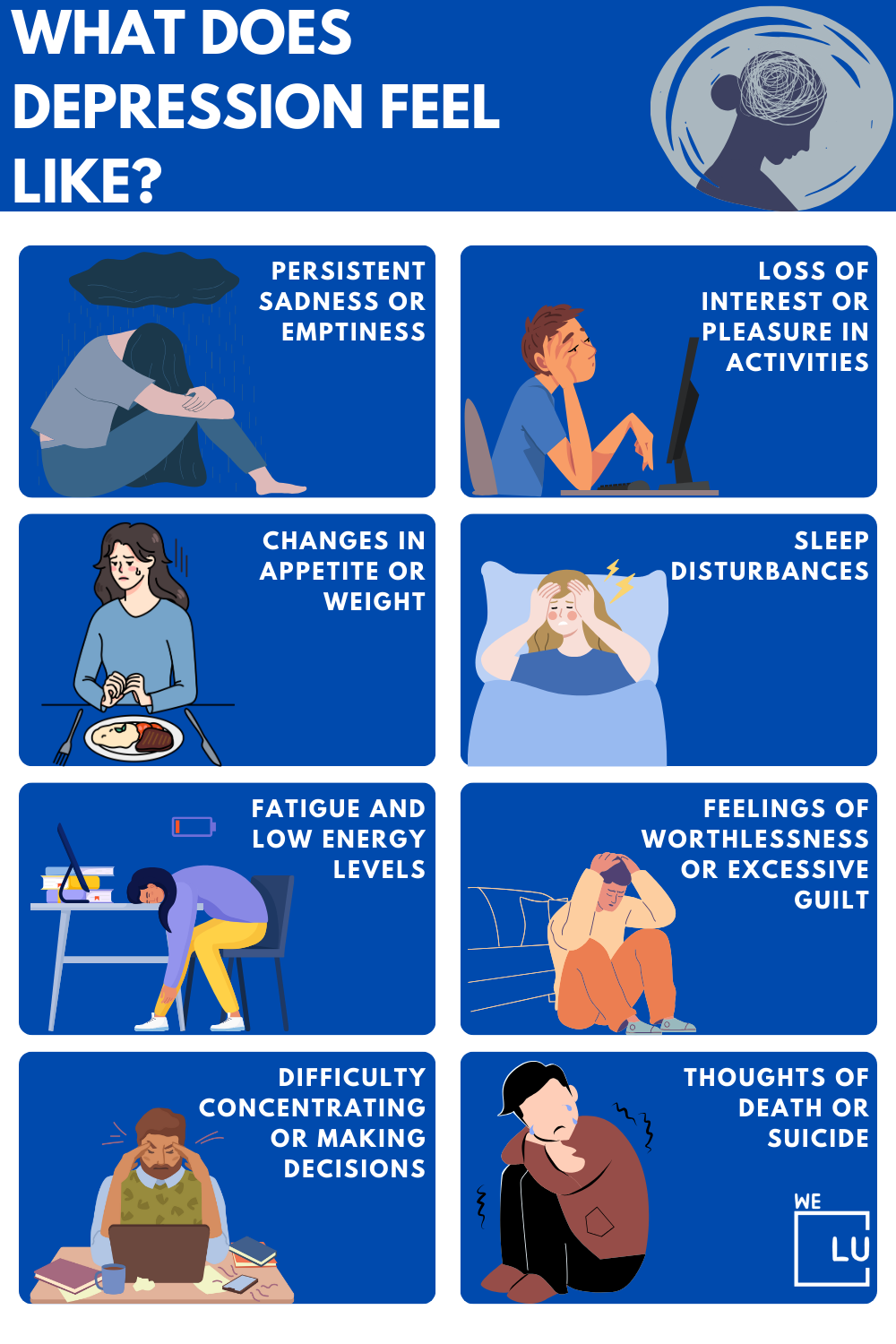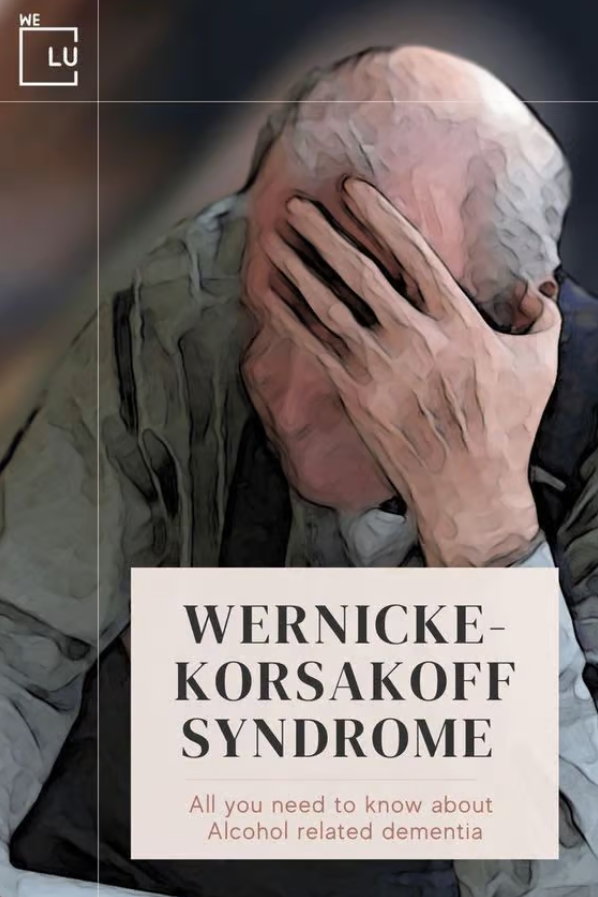What is Self Harm?
Self-harm or self-injury means hurting yourself on purpose. It is the act of intentionally injuring oneself, most often through cutting. Self harm is not always a suicide attempt. Furthermore, it is not just for attention. It’s important to know that self harm treatment is available for anyone who self-harms or thinks about self-harm,
Rather, this type of self-injury is a harmful way to cope with emotional pain, intense anger, and frustration. In any event, it’s important to know that self-harm treatment is available for anyone who suffers from this condition.
The US National Library of Medicine and National Institute of Health [1] says Self Harm cases can be difficult to adequately define, understand, and treat. However, self-harm diagnosis is not uncommonly encountered in clinical practice. In general, self-harm or self-mutilation may be defined as any self-directed, repetitive behavior that causes physical injury.
There are many ways to self-harm. Likewise, self-harming can be an emotional or mental response. Such as the inability to function after losing a loved one. A person who self-harms might injure themselves by banging their head against a wall or hurting themselves with an object. In addition self-harming behaviors also include starving oneself and avoiding contact with others, like family members and friends.
The most common type of self-harm involves cutting or scratching the skin. Similarly, the most common locations for self-harm are on the arms, legs, or abdomen. Some people cut themselves in a way that requires medical attention and Self-harm treatment. Self-harm can also be a sign of an underlying issue like depression, anxiety, or a history of abuse. Moreover, people who self-harm may feel like they don’t deserve any help and try to hide what they do from others.
Symptoms of Self-Harm
- Cutting yourself
- Poisoning yourself
- Over-eating or under-eating
- Exercising excessively
- Biting yourself
- Picking or scratching at your skin
- Burning your skin
- Inserting objects into your body
- Hitting yourself or walls
- Misusing alcohol, prescription and recreational drugs
- Pulling your hair
- Having unsafe sex
- Getting into fights where you know you will get hurt.
After self-harming, you may feel a short-term sense of release. However, the cause of your distress will not easily go away. Self-harm can also bring up very difficult emotions. In return, it could make you feel worse.
Is Self Harm a Sign of Suicide?
Self-harm, also called nonsuicidal self-injury (NSSI), is not the same thing as a suicide attempt. Suicide is a way to end your life. Self-injury is a coping strategy. However, individuals who self-injure are nine times more likely to attempt suicide. If your loved one self-harms, it doesn’t mean they’re going to commit suicide. But they should be assessed for what mental health professionals call suicidality or the risk of suicide.
What is Self-Embedding?
Self-embedding is an extreme form of self-harm in which a person inserts objects into their skin, such as staples or needles. They may leave the object there permanently or for a set period. Sometimes the objects are left under the skin because the person who inserted them cannot get them back out, but other times they are deliberately left under the skin. Self-embedding is uncommon but is more likely to occur among young women.
What is Cutting?
Cutting is the most common form of deliberate self-harm and may co-occur with other self-injurious behaviors such as hair-pulling, skin-burning, and anorexia. Individuals who cut themselves may cut their skin with pointed metal, razors, or other sharp objects. Cutting is not typically an attempt at suicide or long-term self-harm. Rather, it is an immediate reaction to stress that provides a release for the person who cuts. However, chronic cutting can lead to serious health problems such as disease transmission, infection, and blood loss. Individuals who cut themselves may accidentally sever a vein or artery, which can be life-threatening.
What To Do When Someone Self Harms?
Keep in mind that self harm might be part of a larger condition and there may be additional signs of emotional distress. They might make statements that sound worthless or hopeless, have poor impulse control, or have difficulty getting along with others.
If you’re worried a loved one might be hurting themself, ask them how they’re doing and be prepared to listen to the answer, even if it makes you uncomfortable. This may be a hard subject to understand. One of the best things is to tell them that while you may not fully understand, you’ll be there to help. Don’t dismiss emotions or try to turn them into a joke.
Gently encourage someone to get treatment for self harm by stating that self-harm isn’t uncommon and that doctors and therapists can help. If possible, offer to help find treatment for self harming. But don’t go on the offensive and don’t try to make the person promise to stop, as it takes more than willpower to quit.

Skip To:
Learn More:
- Tips to Overcome Harmful Addictive Personality. Common Traits of an Addictive Personality Disorder.
- Effective Mental Health Treatment Centers, Diagnosis, Therapy Types, Inpatient vs Outpatient
- What is Inattentive ADHD? Types, Symptoms, & Inattentive ADHD Treatment
- Emotionally Unavailable Men: 5 Effective Signs To Be Aware Of
- BPD in Men, Statistics, Symptoms & Effective Treatment
- PTSD from Emotional Abuse
- Is PTSD a Disability?
- Mental Health Rehab & Dual-diagnosis Mental Health Solutions for Rehabilitation
- Intermittent Explosive Disorder Treatment, Medication & Symptoms
- Difference Between Bipolar And BPD, Causes, Risk Factors, Complications & Symptoms
Get Help. Get Better. Get Your Life Back.
Searching for Accredited Dual Diagnosis Mental Health Centers Near You?
Even if therapy failed previously, or are in the middle of a difficult crisis, we stand ready to support you. Our trusted behavioral health specialists will not give up on you. When you feel ready or just want someone to speak to about counseling alternatives to change your life call us. Even if we cannot assist you, we will lead you to wherever you can get support. There is no obligation. Call our hotline today.
FREE 24/7 Dual Diagnosis Mental Health Services HotlineSelf Harm Statistics
Nonsuicidal self-injury (NSSI) is typically associated with emotional and psychiatric distress. It is most common among young adults. Lifetime rates in these populations are about 15% to 20%, and onset typically occurs around age 13 or 14. In contrast, about 6% of adults report a history of NSSI. It is unclear whether the lower lifetime rate in adults reflects an increase in NSSI among recent cohorts of adolescents or an artifact of memory by which most adults who self-injured as adolescents do not recall their NSSI. Generally speaking, rates of NSSI appear to be similar across different countries.
5%
More than 5% of people who have been seen at a hospital after self-harm will have committed suicide within 9 years.
Source: NCBI
50%
About 50% of people seek help for their self-harm but only from friends instead of professionals
Source: NCBI
45%
45% of people use cutting as their method of self-injury
Source: NCBI
Self Harm Facts
The term self-harm is commonly used to describe a wide range of behaviours and intentions including attempted hanging, impulsive self-poisoning, and superficial cutting in response to intolerable tension. Risk factors include socioeconomic disadvantage, and psychiatric illness—particularly depression, substance abuse, and anxiety disorders. Assessment after self-harm includes careful consideration of the patient’s intent and beliefs about the lethality of the method used. Strong suicidal intent, high lethality, precautions against being discovered, and psychiatric illness are indicators of high suicide risk.
What is Self-Injury?
Self-injury is a type of self-harm, and refers to deliberately causing pain or damage to your own body without suicidal intent. Self-injury is more common in young people. Some people who self-harm may also have suicidal thoughts.
Common forms include cutting, severe scratching, burning, and banging or hitting; most individuals who self-injure have used more than one method. Although diagnostically heterogeneous, self-injurers typically exhibit two prominent characteristics: negative emotionality and self-derogation. Self-injury is most often performed to temporarily alleviate intense negative emotions, but may also serve to express self-directed anger or disgust, influence or seek help from others, end periods of dissociation or depersonalization, and help resist suicidal thoughts.
Who Self-Injures?
Interestingly, while it is common for people to assume that NSSI is more common in women, general population studies find equivalent rates between men and women. However, there does appear to be a sex difference regarding the methods of NSSI used; specifically, women are more likely to use cutting, whereas men are more likely to use hitting or burning.
Finally, 2 other sociodemographic trends have been repeatedly noted. NSSI appears to be more common among people who report non-heterosexual orientations (for example, homosexual, bisexual, and questioning), and among Caucasians than non-Caucasians.-injury is a type of self-harm, and refers to deliberately causing pain or damage to your own body without suicidal intent. Self-injury is more common in young people. Some people who self-harm may also have suicidal thoughts.
Why Do People Self Harm?
“Why do people harm themselves?” This is a question that many mental health professionals have been trying to answer for over thirty years now during self-harm treatment sessions. Self-harm is typically used as an emotion regulation tool by those who are struggling with intense emotional pain. Self-harming behaviors are often the product of someone’s need to cope with negative emotions, thoughts or memories.
Physical pain can sometimes be easier to deal with compared to psychological turmoil. Self-harm is said to temporarily reduce feelings of emptiness and distress brought on by overwhelming emotions. Self-harm can also distract from difficult circumstances in life, triggering endorphin production in the brain that results in feelings of euphoria.
Self-harm is most often associated with depression but it can be present in those who suffer from anxiety and eating disorders as well. Self-harm can lead to death if left untreated and may decrease the odds of getting an individual the help that they need. Self-harm is often seen as a negative coping mechanism but it doesn’t have to be treated as such by mental health professionals, in self-harm treatment, professionals try to figure out the different causes of self-harm.
Warning Signs of Self Harm
Individuals who self harm often try to hide their behavior from others. Yet even careful people often leave traces of their actions. Here are some warning signs that someone may be injuring themself:
- Suspicious injuries: The person may have frequent cuts or bruises which they blame on “accidents.”
- Stash of tools: A person may have a collection of sharp items that seem to have no purpose, such as needles or bottle caps. They might also go through an unusual number of razors.
- Blood stains on belongings: Blood from the self-harm behavior may stain a person’s towels, clothing, or bedding. A person may also have many bloody tissues/bandages in their trash.
- Concealing clothing: The person may wear long sleeves or pants to cover scars, even during the hot weather.
- Isolation: A person may shut themself in a bedroom or bathroom for long periods to self-injure in private. They might also withdraw from their social life in general.

End the Emotional Pain. Get Your Life Back.
Feeling Depressed, Anxious or Struggling with Mental Health Illness? Get Safe Comfortable Mental Health Dual Diagnosis High-Quality Therapy From Counselors That Care. Begin Your Recovery Now.
Hotline (855) 940-6125
Causes of Self Harm
According to Psychiatric Times [2], self-harm reflects underlying hopelessness and low self-esteem. All patients who exhibit recent or chronic self-harming behaviors need a careful and meticulous evaluation. This is to determine the best-individualized self harm treatment strategies.
A difficult experience can cause someone to self-harm. Common reasons include:
- Pressures at school or work
- Bullying
- Money worries
- Sexual, physical, or emotional abuse
- Bereavement
- Homophobia, biphobia, and transphobia (see LGBTIQ+ mental health)
- Breakdown of a relationship
- Loss of a job
- An illness or health problem
- Low self-esteem
- An increase in stress
- Difficult feelings, such as depression, anxiety, anger, or numbness
First-class Facilities & Amenities
World-class High-Quality Mental Health Services & Behavioral Health Substance Abuse Treatment
Rehab Centers TourRenowned Mental Health Centers. Serene Private Facilities. Inpatient Rehab Programs Vary.
Mental Health Helpline (855) 940-6125Proven recovery success experience, backed by a Team w/ History of:
15+
Years of Unified Experience
100s
5-Star Reviews Across Our Centers
10K
Recovery Successes
- Comprehensive Dual-Diagnosis Treatment
- Complimentary Family & Alumni Programs
- Coaching, Recovery & Development Events
- Comfortable Onsite Medical Detox Center
Mental Health Conditions Linked with Self Harm
Not all individuals who self-harm have a mental health condition, nor is self-injury a mental disorder on its own. Many individuals who do self-harm, though, do have an underlying mental health condition. Someone who self-harm is not usually trying to die by suicide, but these behaviors can lead to a higher risk of suicide completion or death from self-injury complications.
Individuals who self-harm are calmed by pain and sadness, anger, and frustration disappear during a self-harming episode. Relief floods the self-harmer, and after the acute pain has passed, they feel happier, more content, and satisfied. Therefore, the real motive of self-harm is not to hurt oneself but to regulate emotions.
Studies revealed that people with people struggling with substance use disorder (alcohol and drug addiction) have the highest self-harm incidence, followed closely by those living with a personality disorder. Mental health disorder is the number one cause of a person practicing self-harm.
Bipolar Disorder and Self-Harm
Bipolar disorder, also known as manic-depressive disorder, is a mental health condition that causes unusual mood shifts and other problems such as high energy and activity levels, and concentration problems. There are three types of bipolar disorder,
- Bipolar I, Bipolar II, and Cyclothymic Disorder. Bipolar I Disorder is defined by manic (excessively high energy) episodes that last at least 7 days or by manic symptoms that are so severe as to cause the person to need immediate hospitalization.
- Bipolar II Disorder is defined by a pattern of depressive episodes and hypomanic episodes, but no full-blown manic episodes like in Bipolar I Disorder.
- Cyclothymic Disorder includes periods of hypomanic symptoms and periods of depression lasting for at least 2 years.
Because of the stigma and the violent mood swings that accompany the bipolar disorder, many people who live with it feel the need to self-harm.
Post-Traumatic Stress Disorder (PTSD) and Self Harm
Self-harm is usually a reaction to a traumatic experience or set of experiences, with sexual abuse being the most common trigger. One review study, for example, found that many people who self-harm on a regular basis had experienced child maltreatment, particularly sexual abuse.
Individuals who have PTSD may use deliberate self-harm as a way of “coming to”—getting back in touch with the present moment (also called “grounding”). In this form of PTSD self-mutilation, when people with PTSD experience dissociation or flashbacks, they may do self-harm, such as cutting or burning, to “shock” their bodies back into the present moment and end the dissociation or flashbacks
Dissociative Disorders and Self Harm
Dissociative disorders are mental health disorders that involve experiencing a disconnection and lack of continuity between thoughts, memories, surroundings, actions, and identity. Individuals with dissociative disorders escape reality in ways that are involuntary and unhealthy and cause problems with functioning in everyday life. Individuals living with a dissociative disorder are six times more likely to self-harm than others in their same age range and sex in the general population.
The two main reasons individuals living with dissociative disorder self-harm are because of the stress involved in healing and the self-loathing that often accompanies the memories of the trauma that formed the dissociative disorder in the first place. Moreover, there is a huge stigma against dissociative disorders, especially its most extreme form, dissociative identity disorder, that many people have harmed themselves.
Borderline Personality Disorder and Self Harm
Borderline personality disorder (BPD) is a debilitating mental health condition that includes unstable interpersonal relationships, emotions, and self-image accompanied by a pattern of impulsive behaviors. People with BPD are at high risk of self harm, and this behavior impacts both sexes. Some individuals living with borderline personality disorder may engage in self-harming behaviors to release the intensely negative emotions they feel, including abandonment, feelings of emptiness, and an intense need to be in a relationship with someone at any cost.
World-class, Accredited, 5-Star Reviewed, Effective Mental Health Dual Diagnosis Programs. Complete Integrated Inpatient Rehab with Free Post Discharge Therapy Planning.
CALL (855) 940-6125End the Emotional Pain Rollercoaster. Gain Stability & Happiness Through Recovery Treatment. Start Mental Health Counseling Today. Get Free No-obligation Guidance by Behaviroal Health Specialists Who Understand Mental Health Recovery.
Self Harm Treatment Modalities
There are effective self-harm treatments that help a person to return to a productive life. Psychotherapy is important to any self-harm treatment plan. Hence, a person will need to learn new coping mechanisms. As an example of psychotherapy, Cognitive behavioral therapy (CBT) is the most common. It involves sessions with a therapist to talk about thoughts and feelings. As a result, it can help you to see how these affect your behavior and well-being. Evidence suggests these kinds of treatments can be effective in the long term for people who self-harm.
The self-harm treatment plan may involve medication, in combination with psychotherapy, only if involves mental health problems such as:
- Depression
- Borderline personality disorder
- Schizophrenia
Self Harm Scar Treatment
The scars are emotional symbols, not purely physical changes. Self-harm can often be associated with feelings of guilt and regret as well as body image disturbance. The consensus among practitioners is that treatment for Self-harm scars is complex and requires a multidisciplinary approach.
Self-harm scars can be difficult to disguise and can become prominent if inappropriately managed. A multidisciplinary approach is often needed to obtain the best cosmetic result. Self-harming behavior may indicate a more serious psychological disorder, but treatment will usually involve reassurance of the patient and encouragement to seek help.
There are various treatments for self-harm scars including camouflage approaches, laser resurfacing, surgery (e.g., removing certain scars), ‘artificial skin’ techniques, tissue expansion (stretching), and skin grafts.
Experience Transformative Recovery at the We Level Up Treatment Center.
See our authentic success stories. Get inspired. Get the help you deserve.



Start a New Life
Begin with a free call to a behavioral health treatment advisor. Learn more about our dual-diagnosis programs. The We Level Up treatment center network delivers recovery programs that vary by each treatment facility. Call to learn more.
- Personalized Care
- Caring Accountable Staff
- Comfortable Amenities
- Licensed & Accredited
- Renowned w/ 5-Star Reviews
We’ll Call You
Self Harm Treatment and Co-Occurring Disorders
There is substantive theoretical literature suggesting that NSSI Non-Suicidal Self-Injury or self-harm can be understood as a behavioral addiction. However, very few empirical studies testing this compelling hypothesis exist, [3] according to Science Direct. Self-harm, like drug and alcohol addiction, can be addictive in and of itself. Therefore, making it hard, if not impossible, to completely stop on your own. Without treatment that targets the root issues of both primary and secondary problems, the struggles of primary self-harm disorder and secondary addiction disorder could likely lead to death.
Stimulants can promote self-harm both during and after use. Examples are stimulant drugs such as cocaine, methamphetamine, and prescription medications for ADHD. However, the process may be different in people who suffer from addiction. Drugs or alcohol may be used to cover the sense of guilt of self-harming. Thus, they may be used as an additional poor coping mechanism to escape from emotions. Also, they may be used as their own form of self-harm.
Several different kinds of therapy can help in self-harm treatment, depending on the diagnosis.
- Psychodynamic therapy focuses on exploring past experiences and emotions
- Cognitive behavioral therapy focuses on recognizing negative thought patterns and increasing coping skills
- Dialectical behavioral therapy can help a person learn positive coping methods
Studies point out that psychiatric patients who self-harmed while abusing substances had depressed levels of consciousness. Many of these patients had a history of self-harm, and some intended to eventually die from their self-inflicted injuries. Untreated depression or mental illnesses lead to these unhealthy coping mechanisms or worse— suicide. Self-harm can contribute to a cycle of endless despair. We Level Up FL mental health center offers free self-harm treatment assessment to help you determine suitability. Call us to learn more.

Search We Level Up FL “Self Harm Treatment, Co-Occurring Disorders, Symptoms & Causes” Topics & Resources
Sources
[1] Peterson J, Freedenthal S, Sheldon C, Andersen R. Nonsuicidal Self injury in Adolescents. Psychiatry (Edgmont). 2008 Nov;5(11):20-6. PMID: 19724714; PMCID: PMC2695720.
[2] Self-harm: assessment, management and preventing recurrence. London: National Institute for Health and Care Excellence (NICE); 2022 Sep 7. (NICE Guideline, No. 225.) Available from: https://www.ncbi.nlm.nih.gov/books/NBK588208/
[4] Pickard H. Self-Harm as Violence: When Victim and Perpetrator Are One. In: Widdows H, Marway H, editors. Women and Violence: The Agency of Victims and Perpetrators. London: Palgrave Macmillan; 2015. Chapter 4. Available from: https://www.ncbi.nlm.nih.gov/books/NBK349101/
[6] Evidence reviews for supporting people to be safe after self-harm: Self-harm: assessment, management and preventing recurrence: Evidence review N. London: National Institute for Health and Care Excellence (NICE); 2022 Sep. (NICE Guideline, No. 225.) Available from: https://www.ncbi.nlm.nih.gov/books/NBK588194/
[7] Soreff SM, Basit H, Attia FN. Suicide Risk. [Updated 2022 Jun 7]. In: StatPearls [Internet]. Treasure Island (FL): StatPearls Publishing; 2022 Jan-. Available from: https://www.ncbi.nlm.nih.gov/books/NBK441982/
[8] Skegg K. Self-harm. Lancet. 2005 Oct 22-28;366(9495):1471-83. doi: 10.1016/S0140-6736(05)67600-3. PMID: 16243093.
[9] Rogers JP, Chesney E, Oliver D, Begum N, Saini A, Wang S, McGuire P, Fusar-Poli P, Lewis G, David AS. Suicide, self-harm and thoughts of suicide or self-harm in infectious disease epidemics: a systematic review and meta-analysis. Epidemiol Psychiatr Sci. 2021 Apr 27;30:e32. doi: 10.1017/S2045796021000214. PMID: 33902775; PMCID: PMC7610720.
